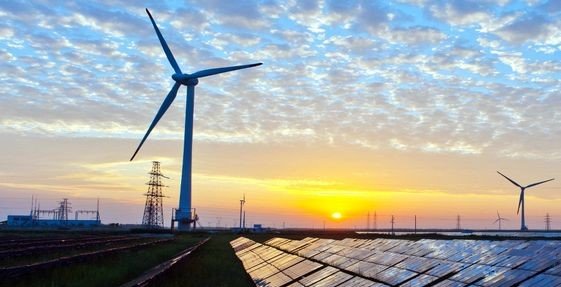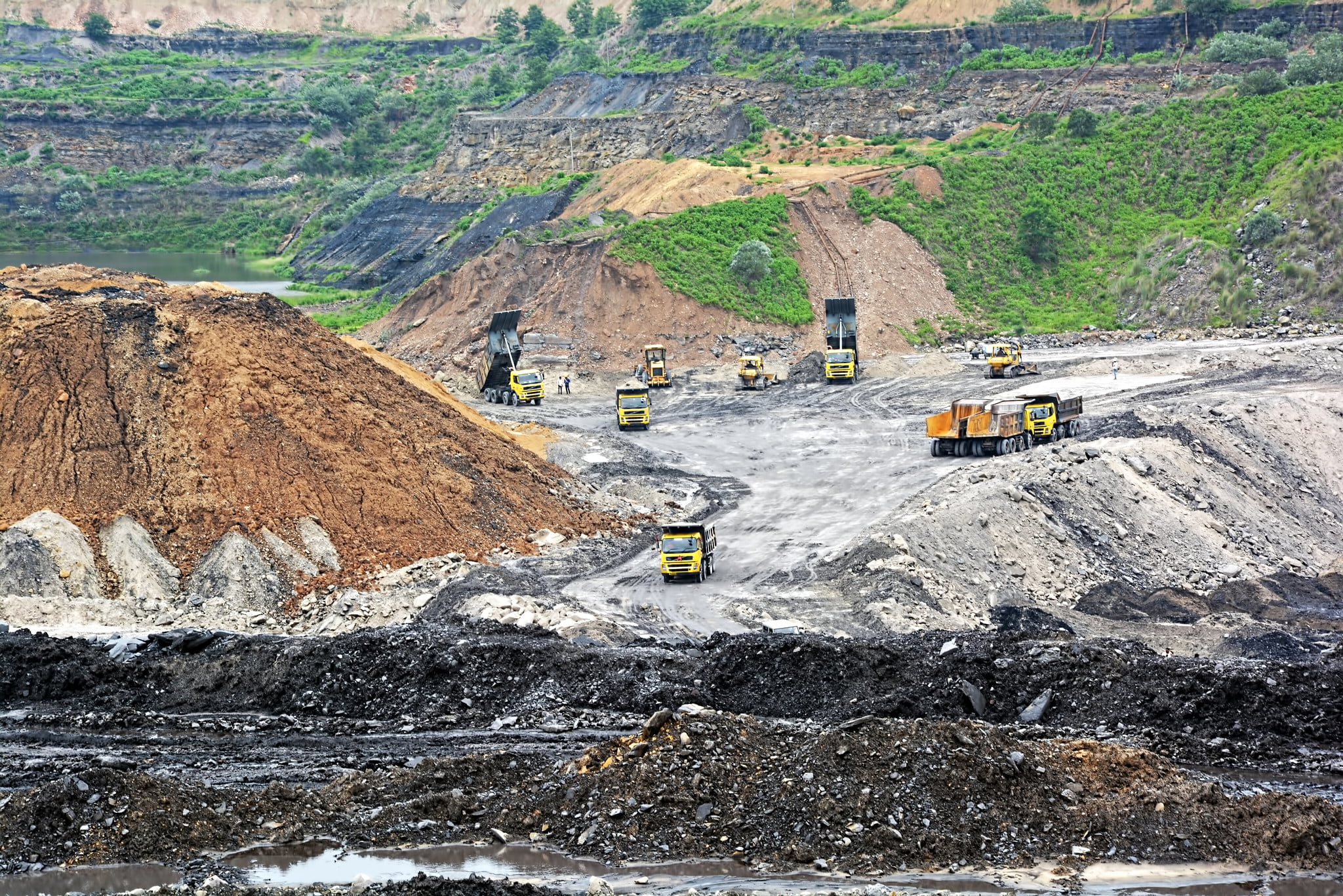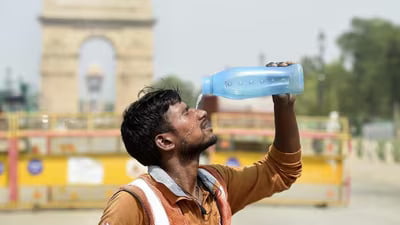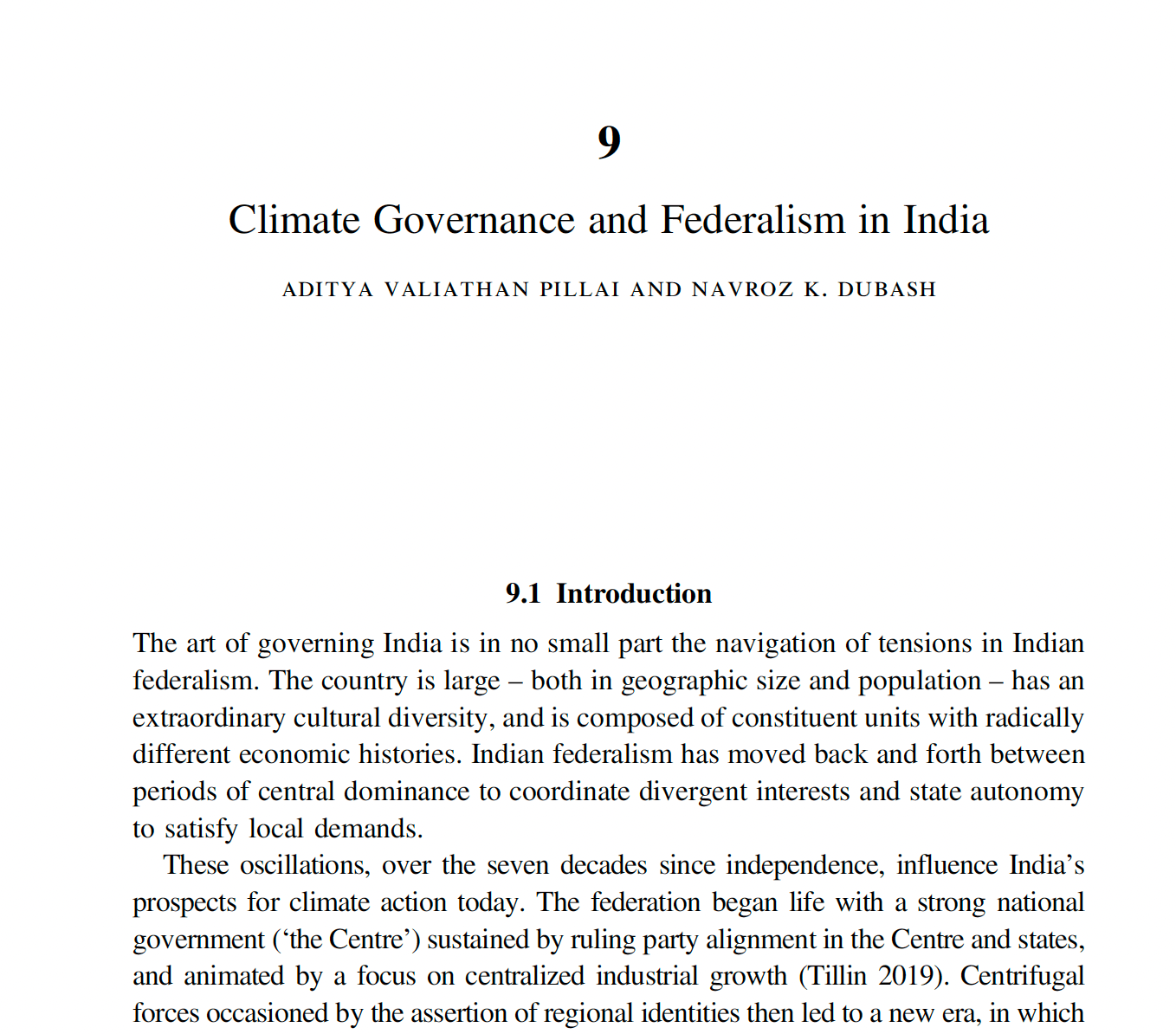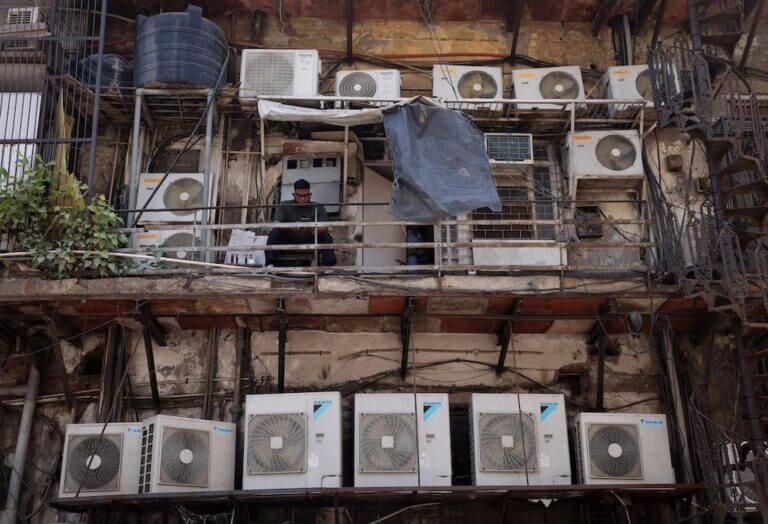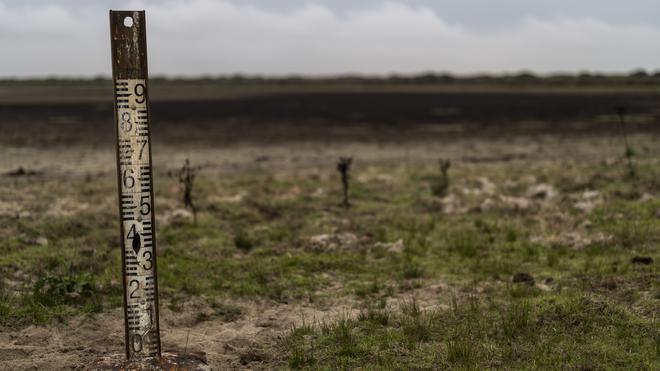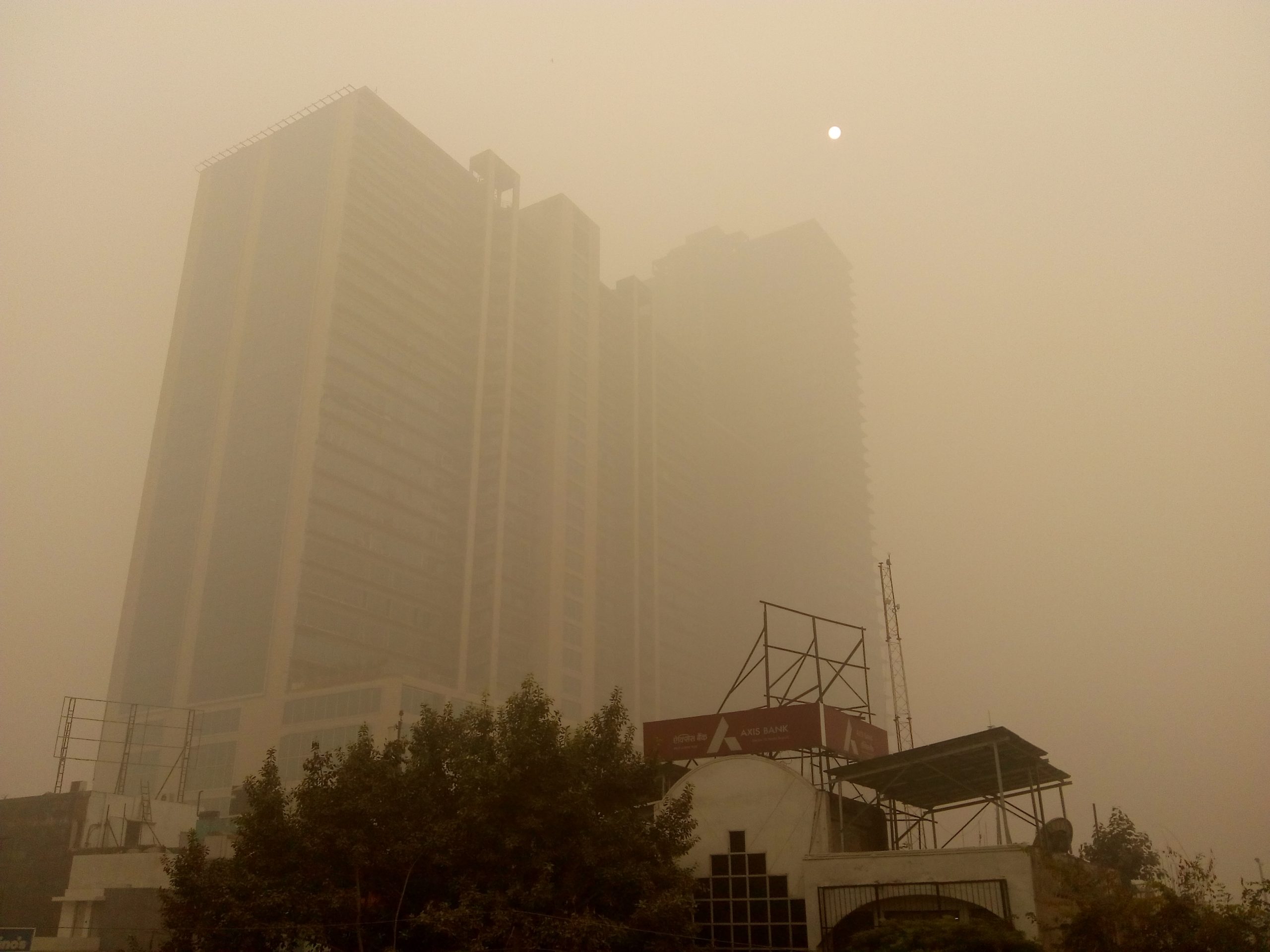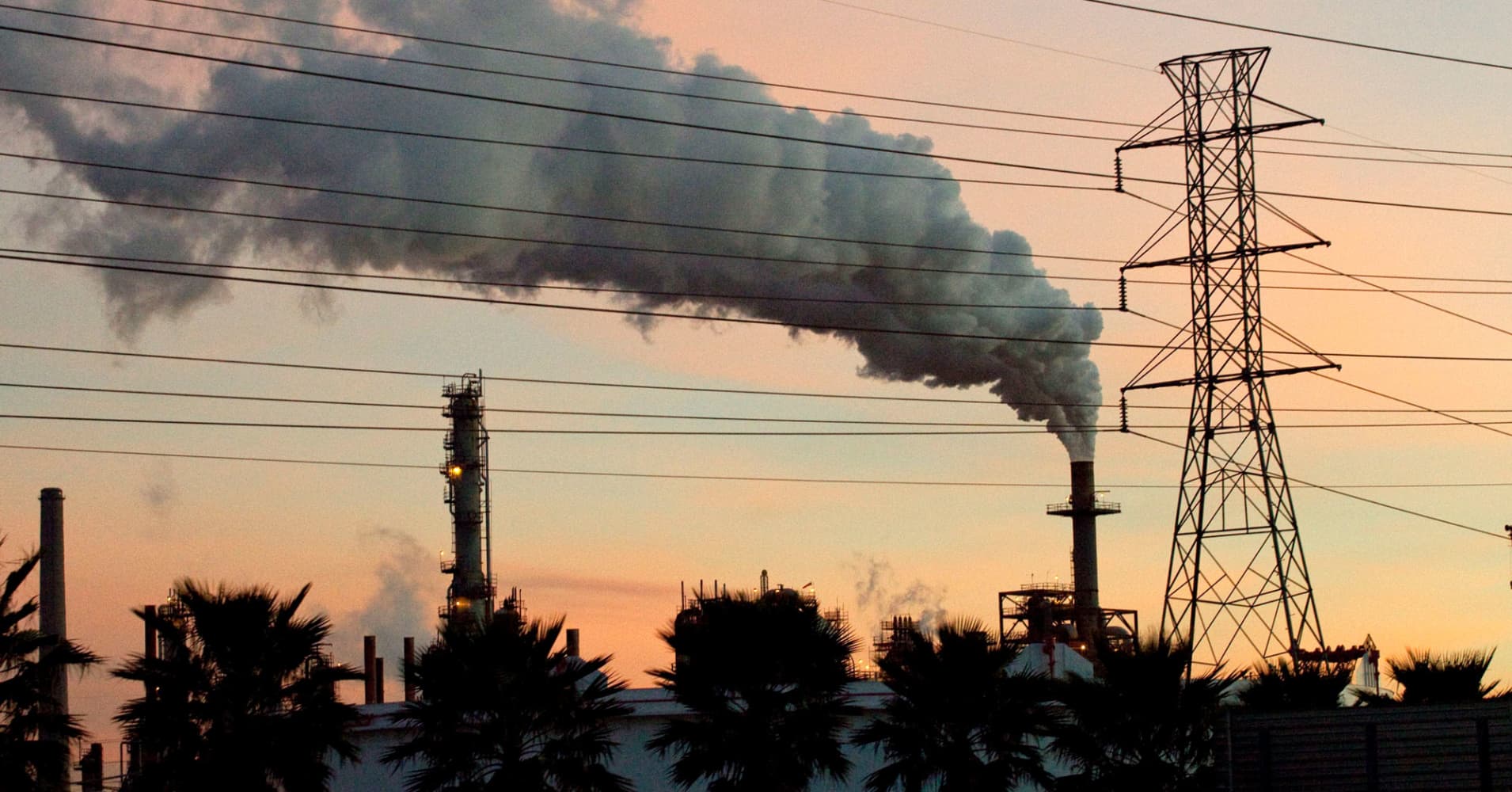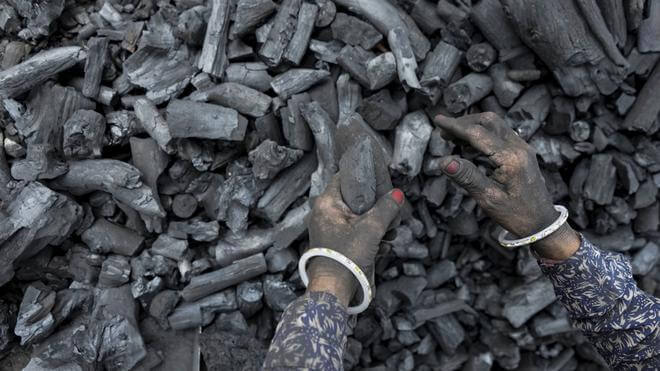Publication Year: 2023
Intergenerational Labour and Just Transition in Coalfields
Introduction
India’s coal dependency is more complex than that of countries in the Global North. Amidst deliberations on coal phase-down and just transition planning and strategies post COP-26, the intricacies of this dependence make any phase-down a delicate and intense socio-economic and political process. Apart from the country’s reliance on coal for energy security, this dependency is also spread across economy, especially amongst coal communities. More importantly, accounting for the impact on livelihoods and jobs of coal communities are at the core of coal dependency discussions in the country. There are two approaches to examine coal labour in India. The first is to map direct, indirect and induced employment and the other is to study formal and informal labour in the coal ecosystems. However, these studies largely focus on the magnitude of labour dependency.
Read moreHeatwaves will get worse. Invest in adapting now.
Climate Governance and Federalism in India
Summary
The chapter puts forward a synthetic account of the forces shaping climate governance in India’s federal architecture, building on descriptions of environmental federalism (Arora and Srivastava 2019; Chakrabarti and Srivastava 2015; Huang and Gupta 2014); state actions in climate policy (Dubash and Jogesh 2014; Jorgensen et al. 2015; Kumar 2018); and several recent policy moves by both the Centre and states. It describes India’s federal architecture and environmental governance processes before showing how the federal system is adapting to the climate challenge. The chapter also reflects on the inherent vulnerabilities of this form of climate governance.
The volume (Climate Governance and Federalism: A Forum of Federations Comparative Policy Analysis Cambridge University Press) brings together leading experts to explore whether federal or decentralised systems help or hinder efforts to mitigate and adapt to climate change. It reviews the opportunities and challenges federalism offers for the development and implementation of climate mitigation and adaptation policies and identifies the conditions that influence the outcomes of climate governance. Including in-depth case studies of 14 different jurisdictions, this is an essential resource for academics, policymakers and practitioners interested in climate governance, and the best practices for enhancing climate action.
The gaps in India’s ‘heat action plans’
A climate change survival guide to act on
What Is Polluting Delhi’s Air? A Review from 1990 to 2022
Introduction
Delhi’s annual average PM2.5 concentration in 2021–22 was 100 μg/m3—20 times more than the WHO guideline of 5 μg/m3. This is an improvement compared to the limited information available for the pre-CNG-conversion era (~30%), immediately before and after 2010 CWG (~28%), and the mid-2010s (~20%). These changes are a result of continuous technical and economic interventions interlaced with judicial engagement in various sectors. Still, Delhi is ranked the most polluted capital city in the world. Delhi’s air quality is a major social and political concern in India, often with questions regarding its severity and primary sources, and despite several studies on the topic, there is limited consensus on source contributions. This paper offers insight by reviewing the influence of Delhi’s urban growth since 1990 on pollution levels and sources and the evolution of technical, institutional, and legal measures to control emissions in the National Capital Region of Delhi.
Read moreSolar Rooftop Systems and the Urban Transition: Shall the Twain Ever Meet? Interrogations from Rewari, India
Summary
India is facing two major transitions. In 2040, its energy demand will double while 800 million Indians will live in cities by 2050. Situated at this intersection, this article contributes to the field of urban energy research by looking at Solar Rooftop Systems (SRS) in a district located in the extended periphery of Delhi. Using a multi-pronged qualitative methodology in a corridor made of villages and small towns, we argue that public policies are framed applying a rigid territorial grid opposing urban and rural, ignoring the motivations of both residential and professional users, which are not bounded by the rural/urban binary. This disjunction explains that renewable energy does not lead to a new imagination of urban and energy systems. These two fields remain disconnected while solar energy fuels consumption and the city expansion in its peripheries. Finally, the observed variegated urban energy landscapes (UEL) embody a land and energy intensive form of urban growth.
Read more
